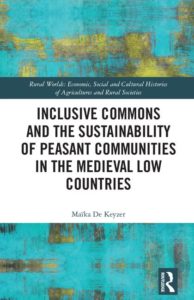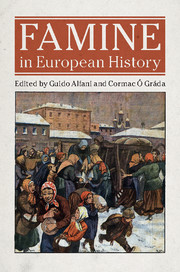On 6 March, Jeroen Cant (Antwerp University, Faculty of Applied Economic Sciences) defended his doctoral thesis on the accessibility of food stores in Flanders and the spatial mismatch between food retailing and residential structures.
In the past, food stores were embedded in residential areas. However, the rise of monofunctional urban development has led to living and shopping becoming separated, resulting in an increasing dependence on the car. People who are less mobile or live in isolated areas and do not have a car consequently have difficulty accessing food stores. Jeroen Cant warns of the emergence of food deserts, neighbourhoods in urban centres with little or no access to affordable and varied food.
The study is based on an extensive data analysis of food stores since 1962, in which the LOKSTAT database played a part.
Abstract:
“This dissertation explores whether food retail inaccessibility has established itself in Flanders. To investigate this a mixed methods methodology is applied. First, a theorization on how inaccessibility can occur even in highly developed nations is provided, based on a comprehensive literature review. Historically retail has been embedded in residential structures. Monofunctional development patterns in Fordist and post-Fordist times, however, have led to a severe unbundling of living and shopping, resulting in an increased need for automobility. Those with reduced personal mobility rates due to socioeconomic or physical reasons are confronted with inaccessibility because of this spatial mismatch.
Retail policy, however, has been shown to temper unbundling trends, particularly when it is embedded in spatial planning and applied on a national/federal level. In Flanders, policy was based on socioeconomic restrictions with the municipalities in the driver’s seat. Descriptive statistics then show important retail-residential unbundling trends in the region. The relationship between food retail floor space and the residential is further investigated using Geographically Weighted Regression (GWR).
Large supermarkets and hypermarkets have clearly sprawled away from residential structures, though the network of traditional, specialized retailers is still embedded. Big shops, however, increase consumer utility through lower prices and larger assortments. An address level network analysis shows that basic accessibility, or the ease of reaching a food opportunity with a full variety regardless of attractiveness, has been maintained in cities and in town centers through a network of both traditional stores and small supermarket formulas.
Since poverty has sedimented in the urban core, basic inaccessibility due to socioeconomic reasons (i.e. food deserts) remained limited and highly contextualized in outer city modernist housing estates, garden cities and industrial areas. Said small food store network never established itself in the affluent monofunctional neighborhoods that characterize urban sprawl in Flanders, leading to high local travel distances. As historically personal mobility rates were high here, actual inaccessibility remained limited for a long period of time. Currently, however, these areas are confronted with important aging trends, and issues will start manifesting themselves. Given the prevailing socio-spatial evolutions, both the unbundling of large-scale food retailing and the residential, and growing inaccessibility in the suburbs are expected to rise further in the near future if not in some way combated.”


